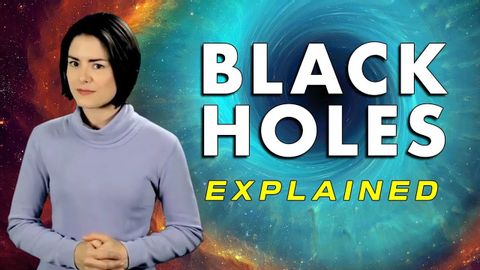What is a Black Hole? -- Black Holes Explained
joey joey が 2021 年 04 月 11 日 に投稿  この条件に一致する単語はありません
この条件に一致する単語はありませんUS /ˈkɑnstənt/
・
UK /'kɒnstənt/
US /ˈslaɪtli/
・
UK /ˈslaɪtli/
- v.i.重要な位置を占める
- n. (u.)物質
- n.事柄
US /kəmˈpliːtli/
・
UK /kəmˈpli:tli/
エネルギーを使用
すべての単語を解除
発音・解説・フィルター機能を解除

